Syrian opposition fighters continued to defend areas they had just taken control of in Aleppo on December 1, while advancing south toward Hama and claiming control of more areas.
The offensive, which began on November 27 and is led by Hayat Tahrir al-Sham (HTS), is threatening the regime of Syrian President Bashar al-Assad, which is backed by Russia and Iran. HTS (formerly the Nusra Front) was once an al-Qaeda affiliate and is now considered a terrorist organization by many countries including the United States, Russia and Türkiye.
Conflict Point: Syria Shaken; Only a "Stupid" Would Build an F-35?
Conflicting information
HTS-led gunmen advanced to the western part of Aleppo on November 29 and by evening were driving on the streets, honking their horns and firing into the air in celebration.
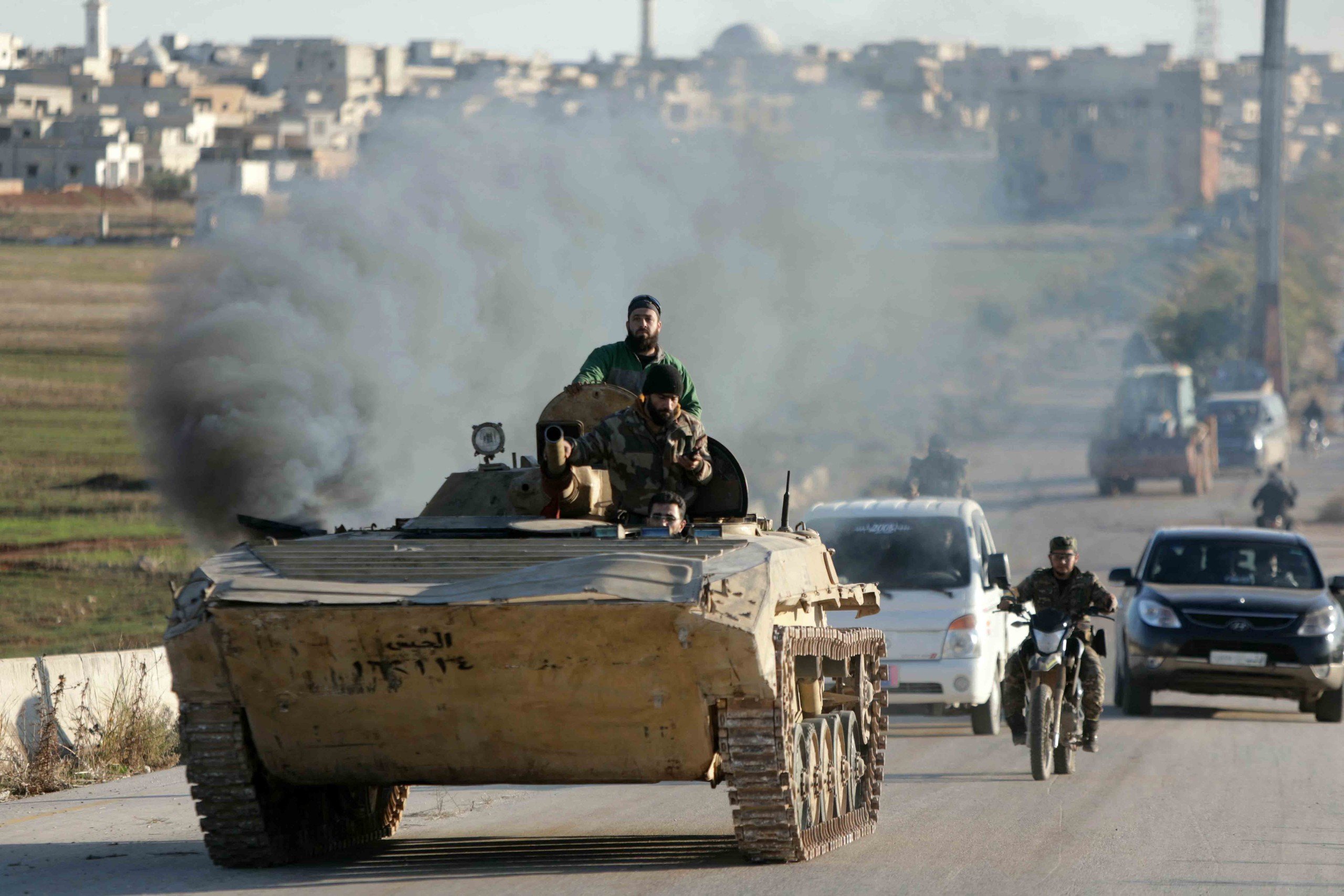
Opposition fighters move in Idlib province on November 30.
The Washington Post quoted witnesses as saying that the force controlled most of the city a day later. According to a source in Aleppo, government forces controlled only a military academy in the city by the evening of November 30. After the above developments, opposition forces in Idlib province moved south, claiming to have taken control of more towns. In a video posted on social media, an opposition fighter said he was in the town of Ltamenah in Hama province, near the border with Idlib province. On the night of November 30, HTS claimed to control some areas on the outskirts of Hama city, the capital of the province of the same name.
Meanwhile, the Syrian army declared that it was "ready to repel any terrorist attack" on the city of Hama. "We call on the people not to believe the rumors and lies that are being spread about the situation on the ground," the Syrian army said. At least four armored vehicles of this force gathered at a roundabout north of the city, according to a video posted on social media on the evening of November 30.
Russia and Iran's moves
The attack comes at a sensitive time, when President al-Assad's allies such as Russia are conducting a military campaign in Ukraine, while Iran and its allies including Hezbollah in Lebanon and Hamas in Gaza are confronting Israel.
Russian and Syrian aircraft increase bombing of rebel-controlled areas
RT reported on December 1 that Syrian government forces, with the support of the Russian air force, have launched airstrikes against opposition fighters. Colonel Oleg Ignasyuk, deputy head of the Russian Center for Syrian Reconciliation, said that Moscow's airstrikes since November 28 have killed at least 600 fighters. Notably, The Jerusalem Post on December 1 quoted Arab media outlets reporting that HTS leader Ahmed Hussein al-Shar'a, also known as Abu Mohammad al-Julani, may have been killed in a Russian airstrike, although HTS did not immediately comment. The US has offered a $10 million bounty for this figure.
Iran, for its part, has declared its support for the Syrian government and will respond to HTS after the group attacked the Iranian Consulate in Aleppo, killing Major General Kiyumars Pourhashemi of the Iranian Revolutionary Guard Corps. In a phone call with UAE President Mohammed bin Zayed on November 30, President al-Assad declared that with the support of allies and friends, Syria will defeat the opposition "no matter how powerful their terrorist attacks are."
On the US side, National Security Council spokesman Sean Savett said the council is closely monitoring the situation, and said that Syria's refusal to participate in political processes, as well as its dependence on Russia and Iran "have created the conditions for current developments, including the collapse of defense lines" in northwestern Syria.
Source: https://thanhnien.vn/xung-dot-tai-syria-dien-bien-kho-luong-185241201211537937.htm


![[Photo] Opening of the 11th Conference of the 13th Party Central Committee](https://vstatic.vietnam.vn/vietnam/resource/IMAGE/2025/4/10/f9e717b67de343d7b687cb419c0829a2)

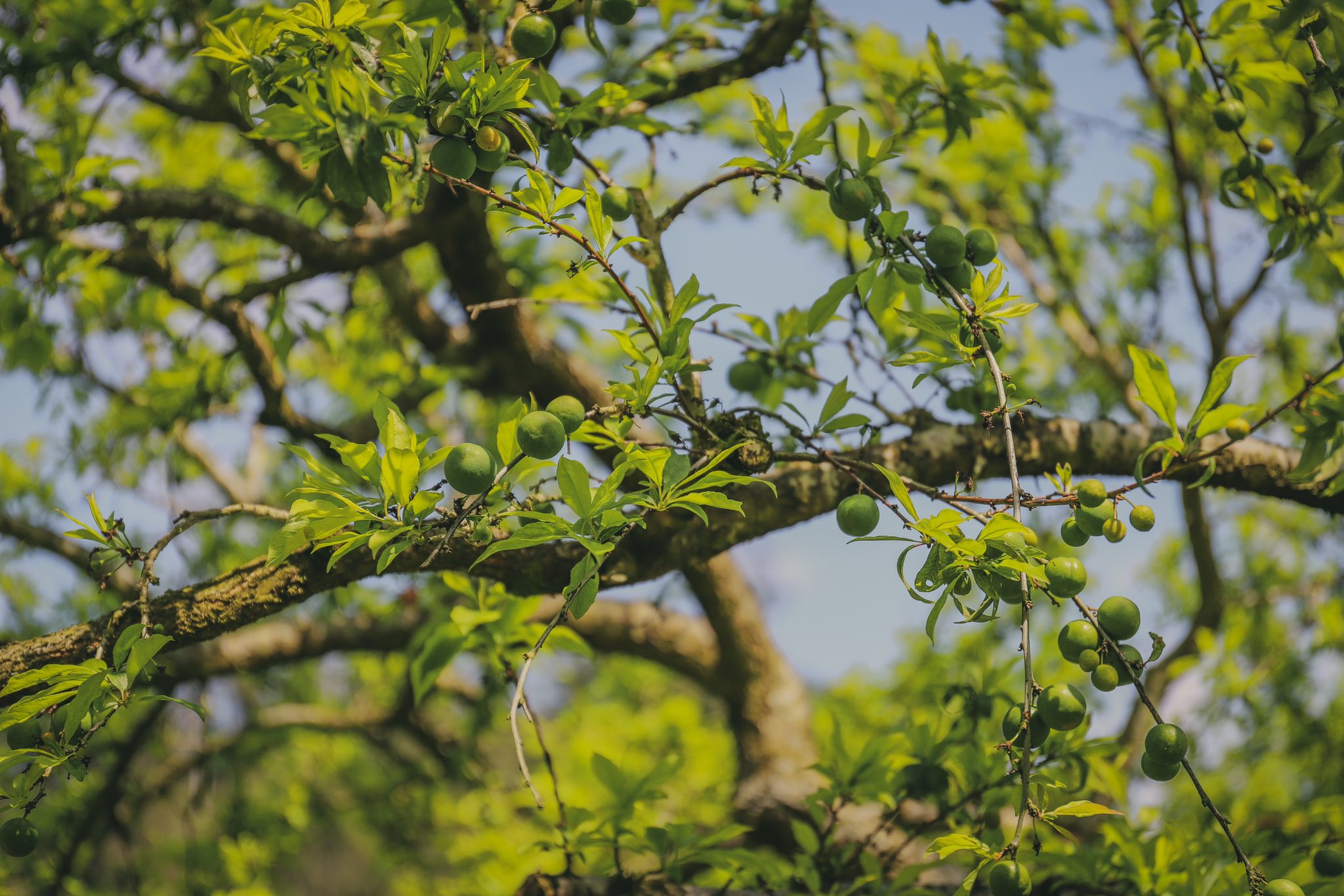
![[Photo] Unique folk games at Chuong Village Festival](https://vstatic.vietnam.vn/vietnam/resource/IMAGE/2025/4/10/cff805a06fdd443b9474c017f98075a4)
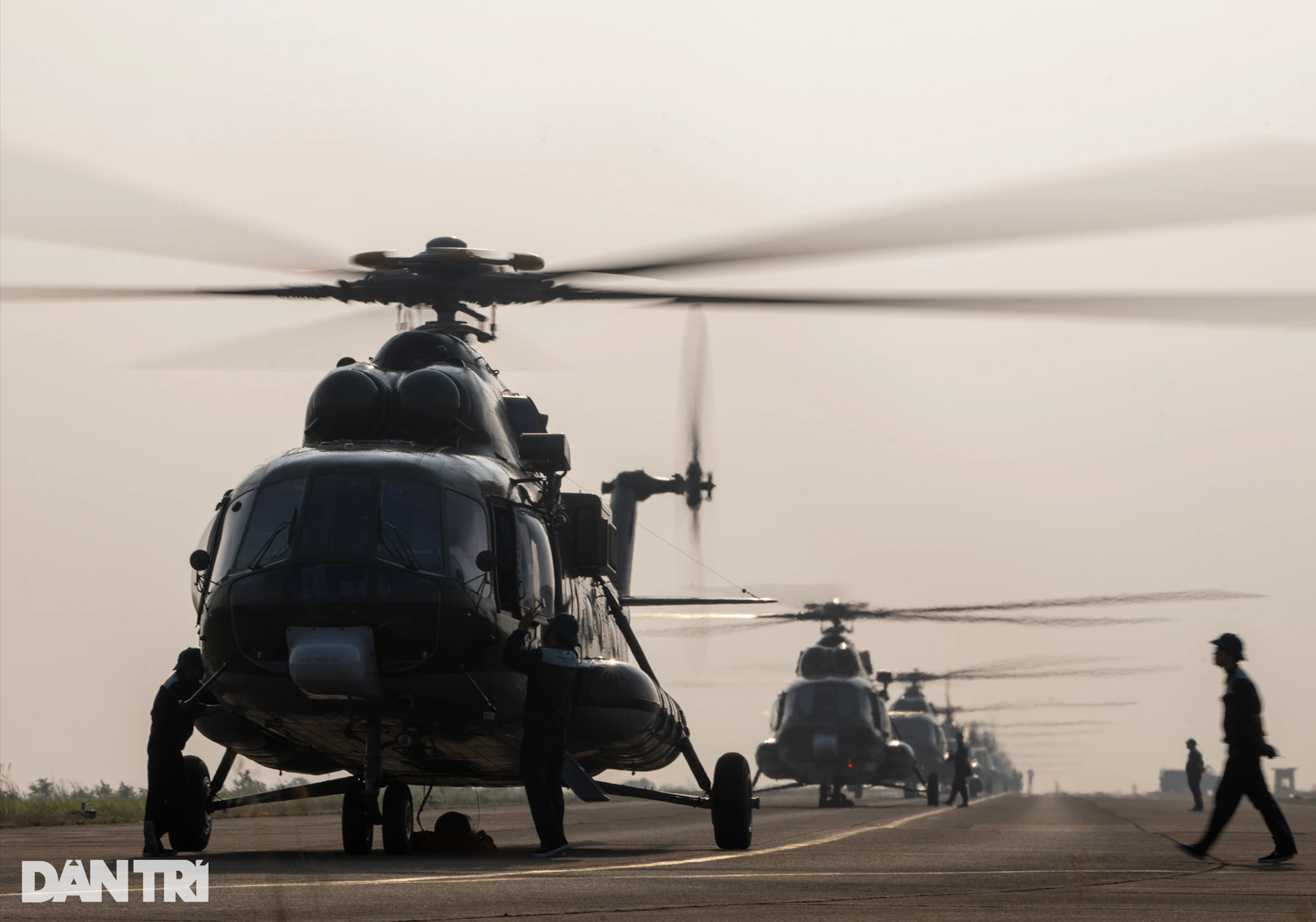
![[Photo] April Festival in Can Tho City](https://vstatic.vietnam.vn/vietnam/resource/IMAGE/2025/4/10/bf5ae82870e648fabfbcc93a25b481ea)
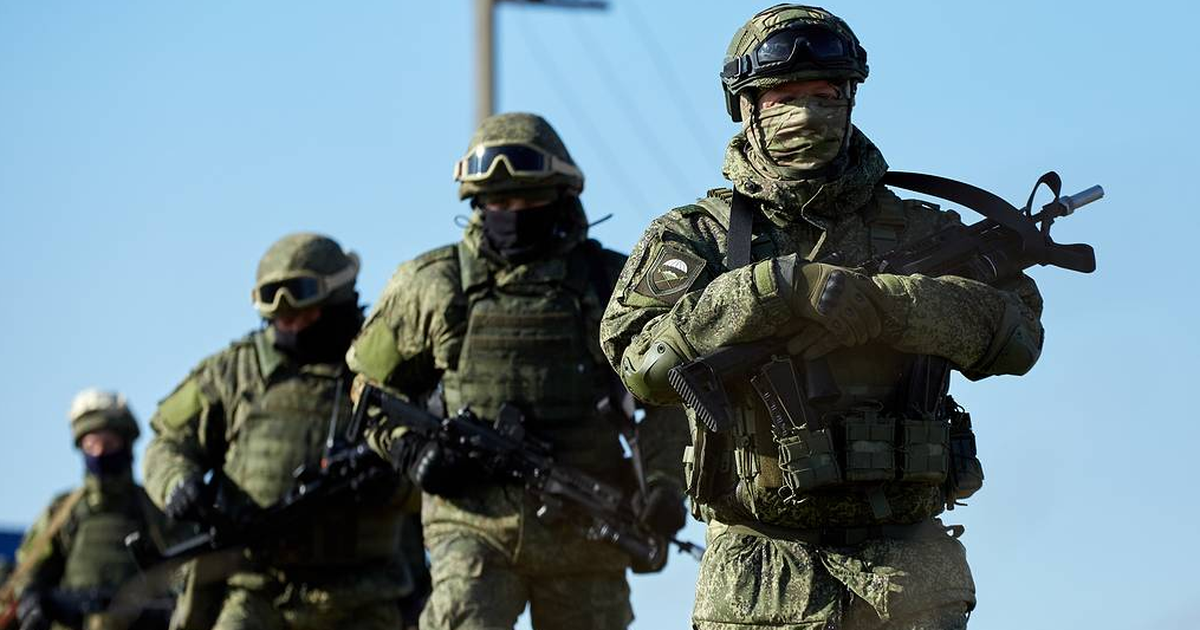
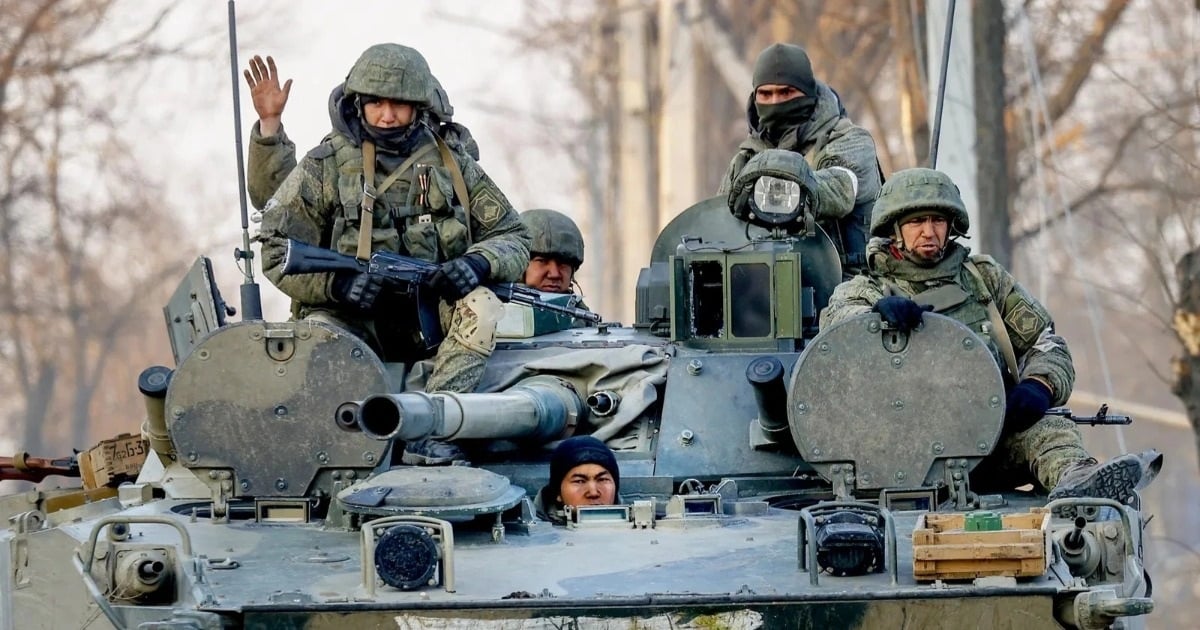

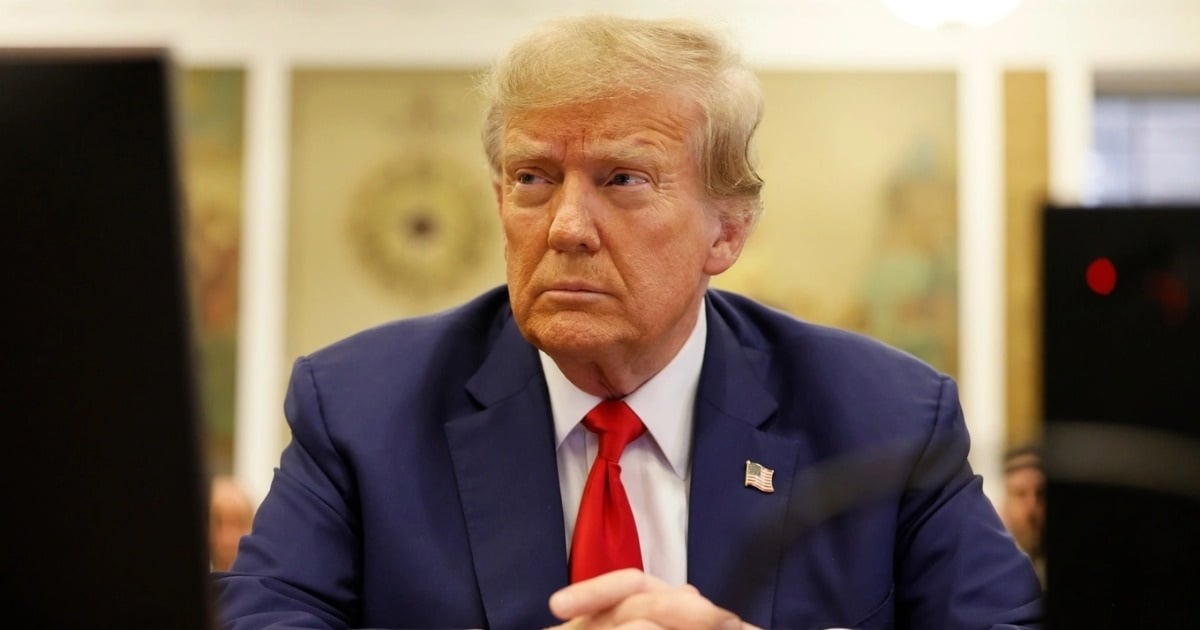
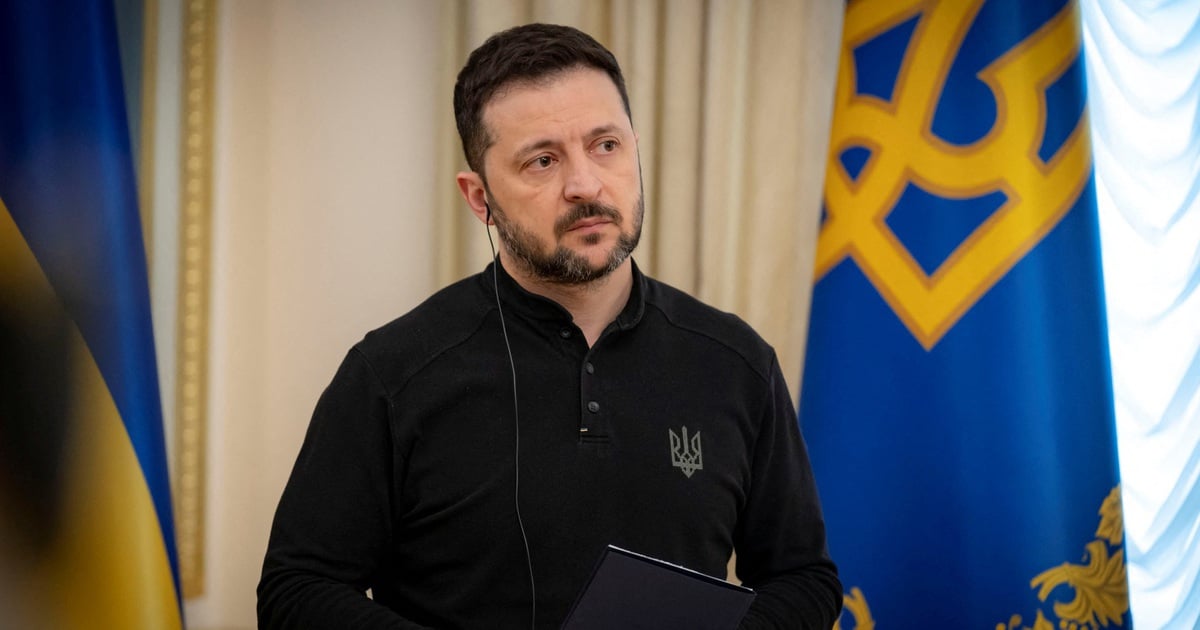
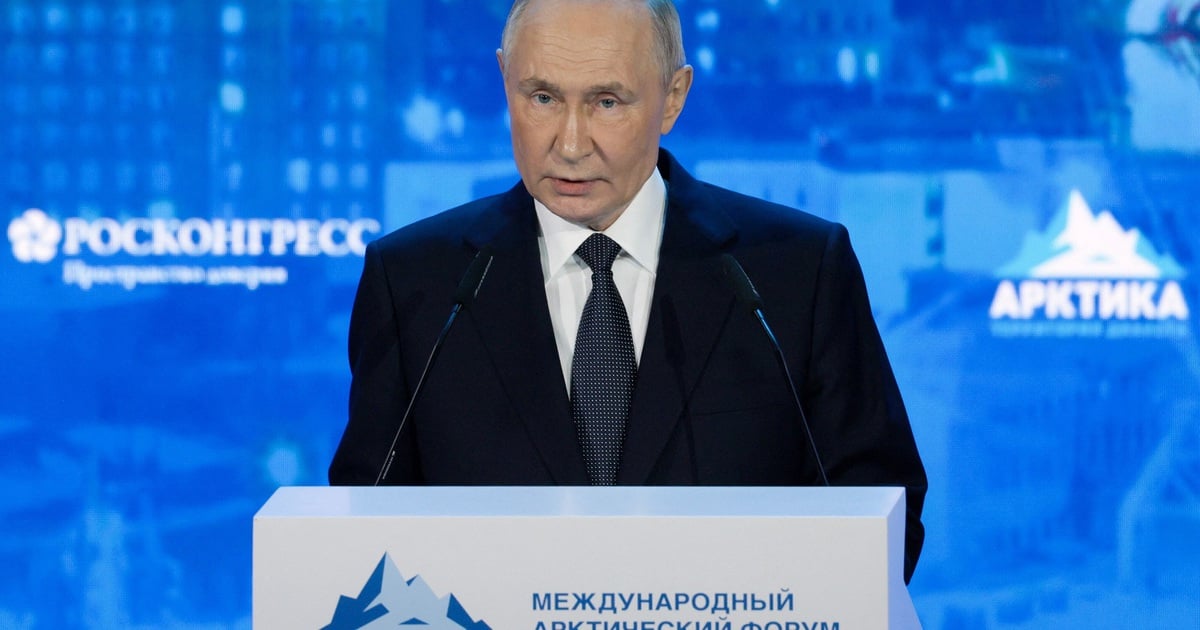
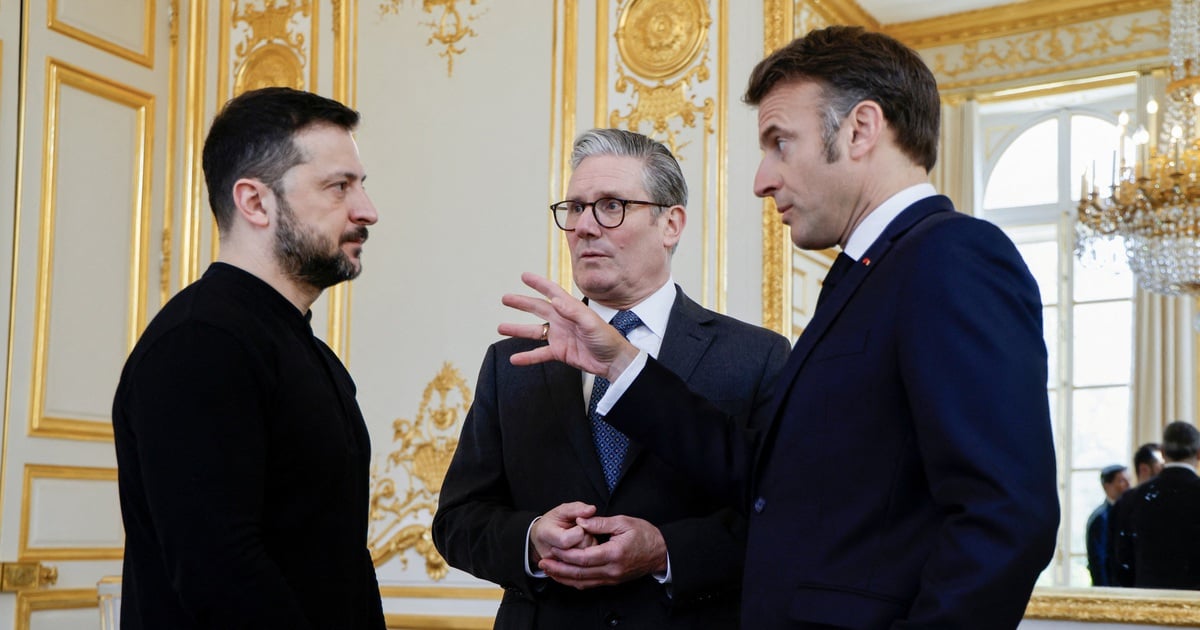
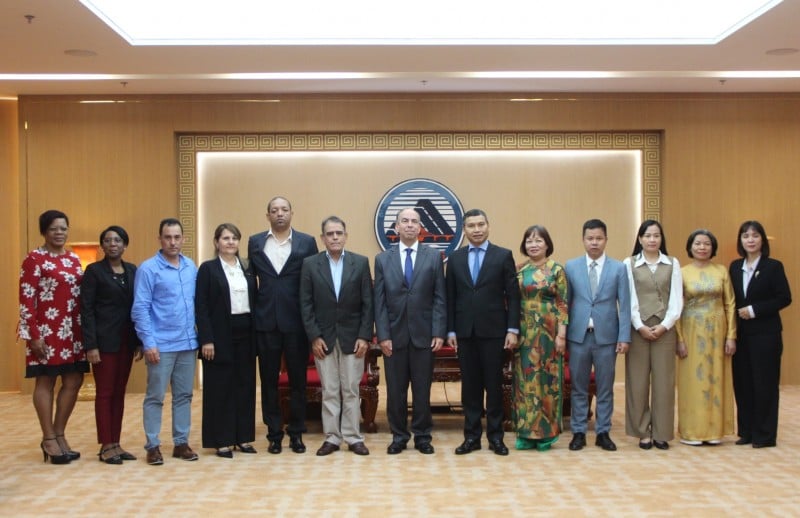
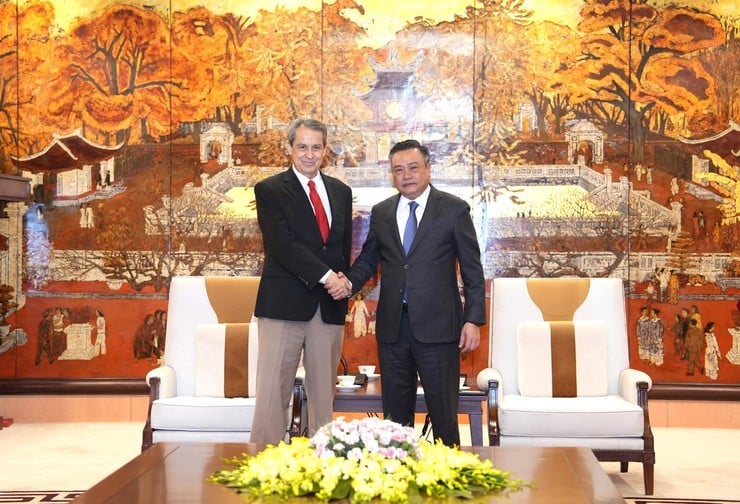
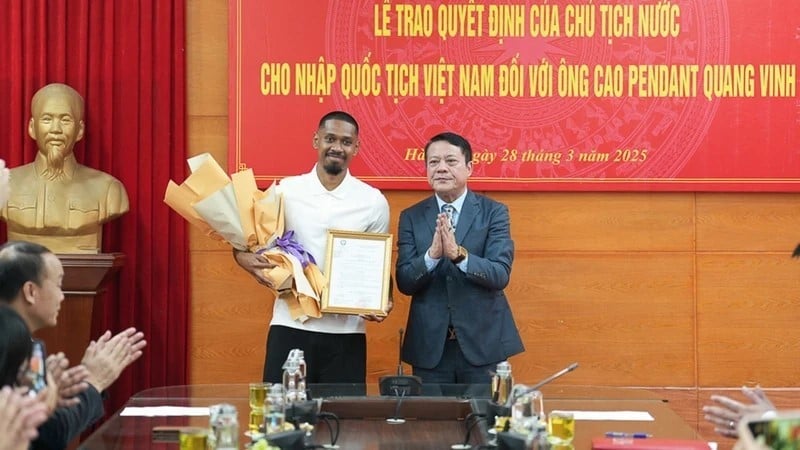
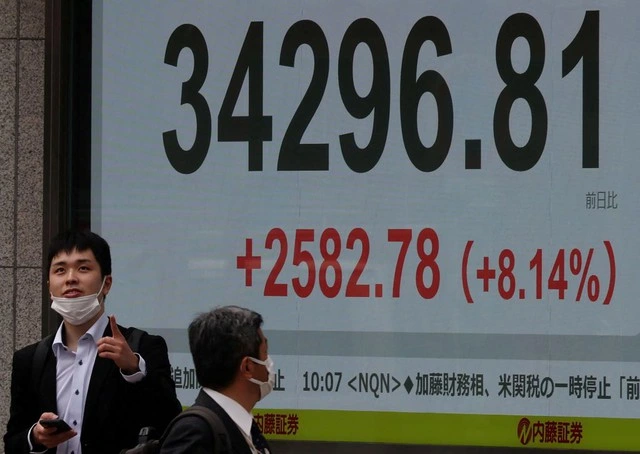
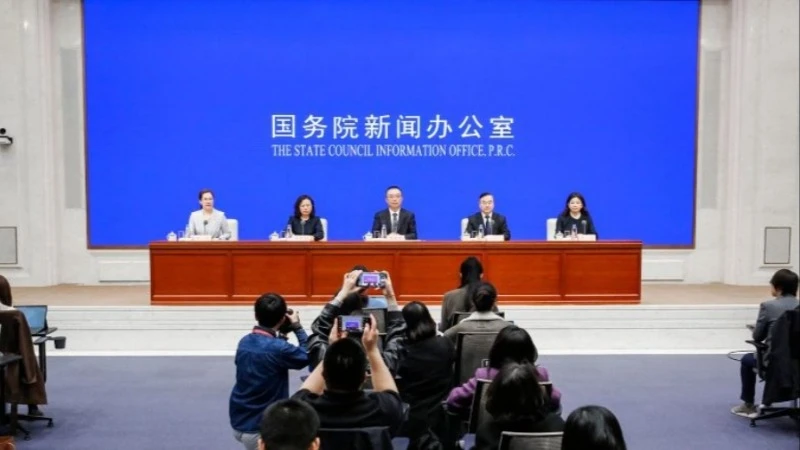
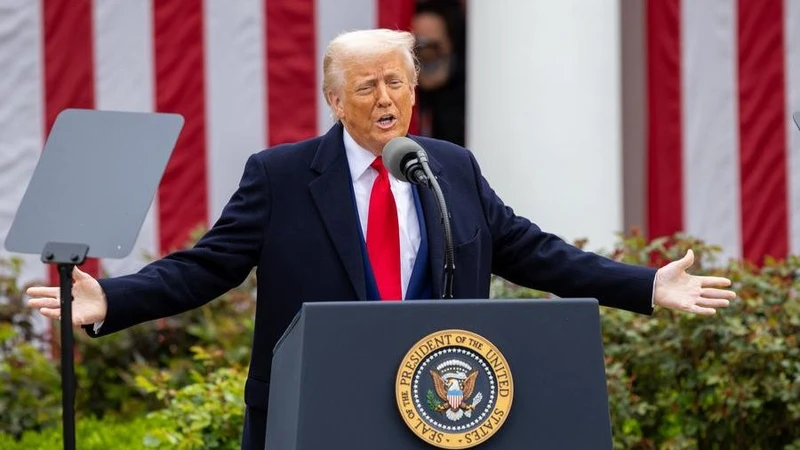







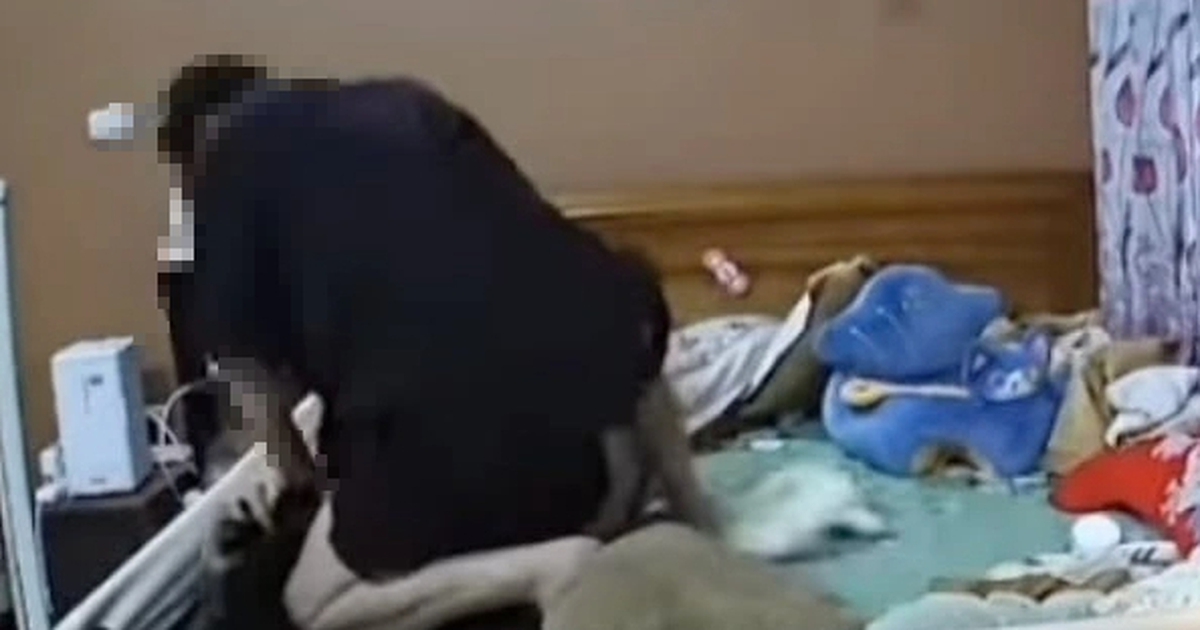






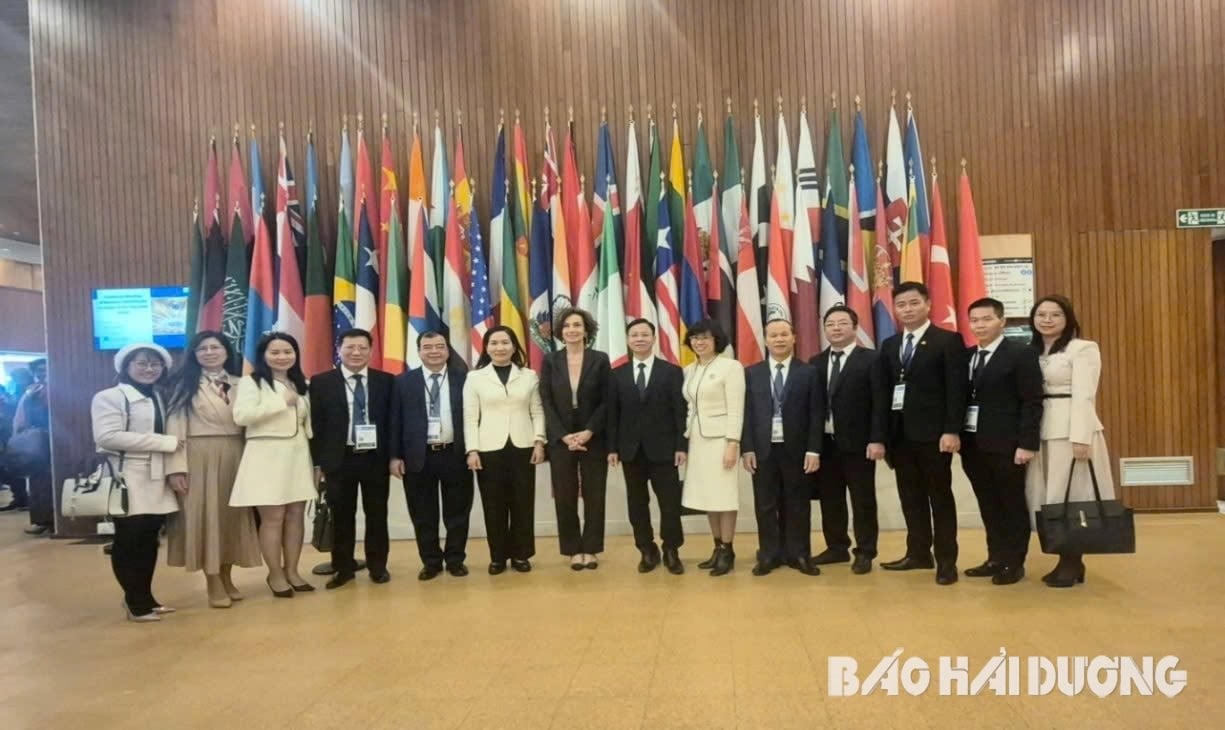









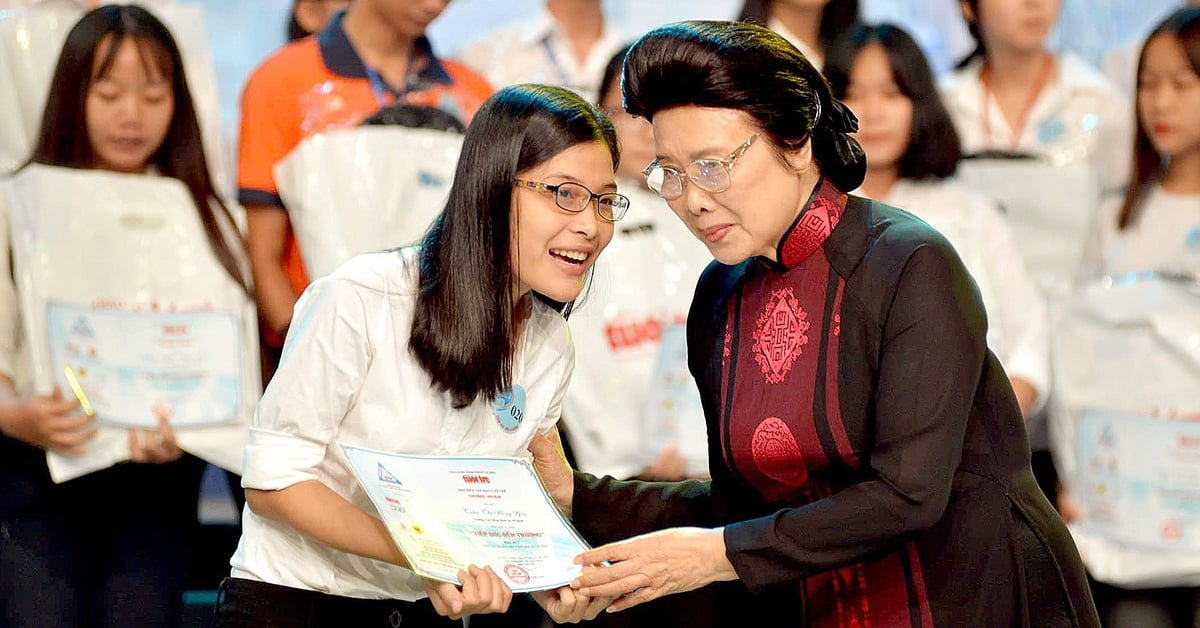






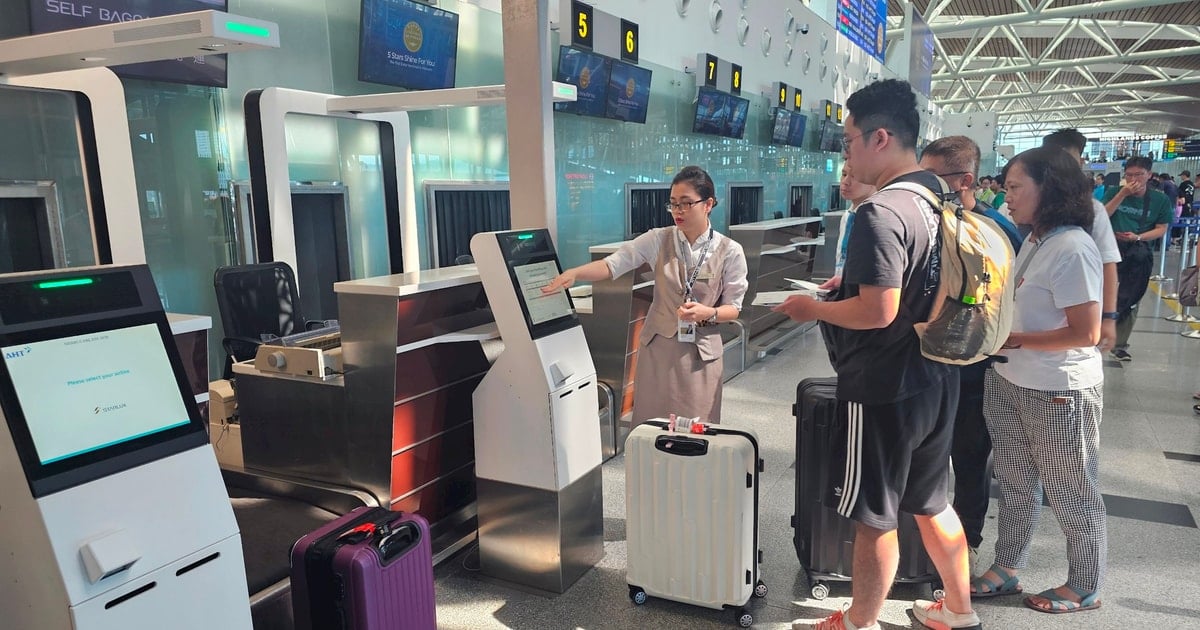



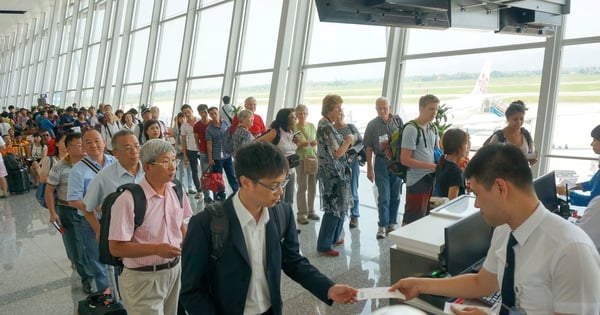


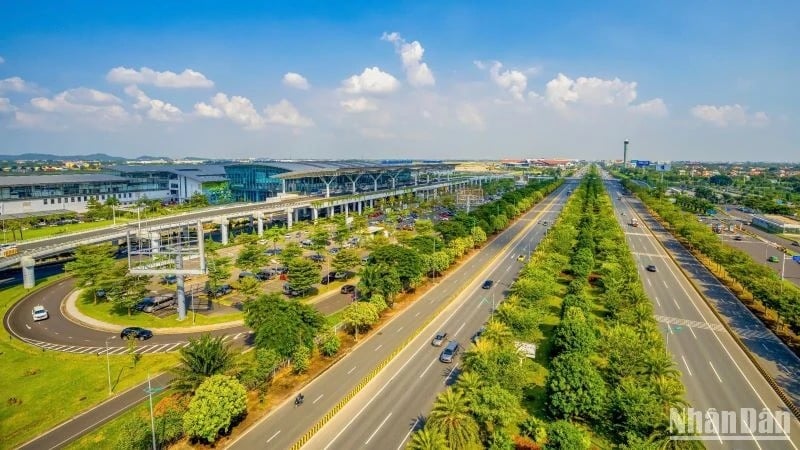



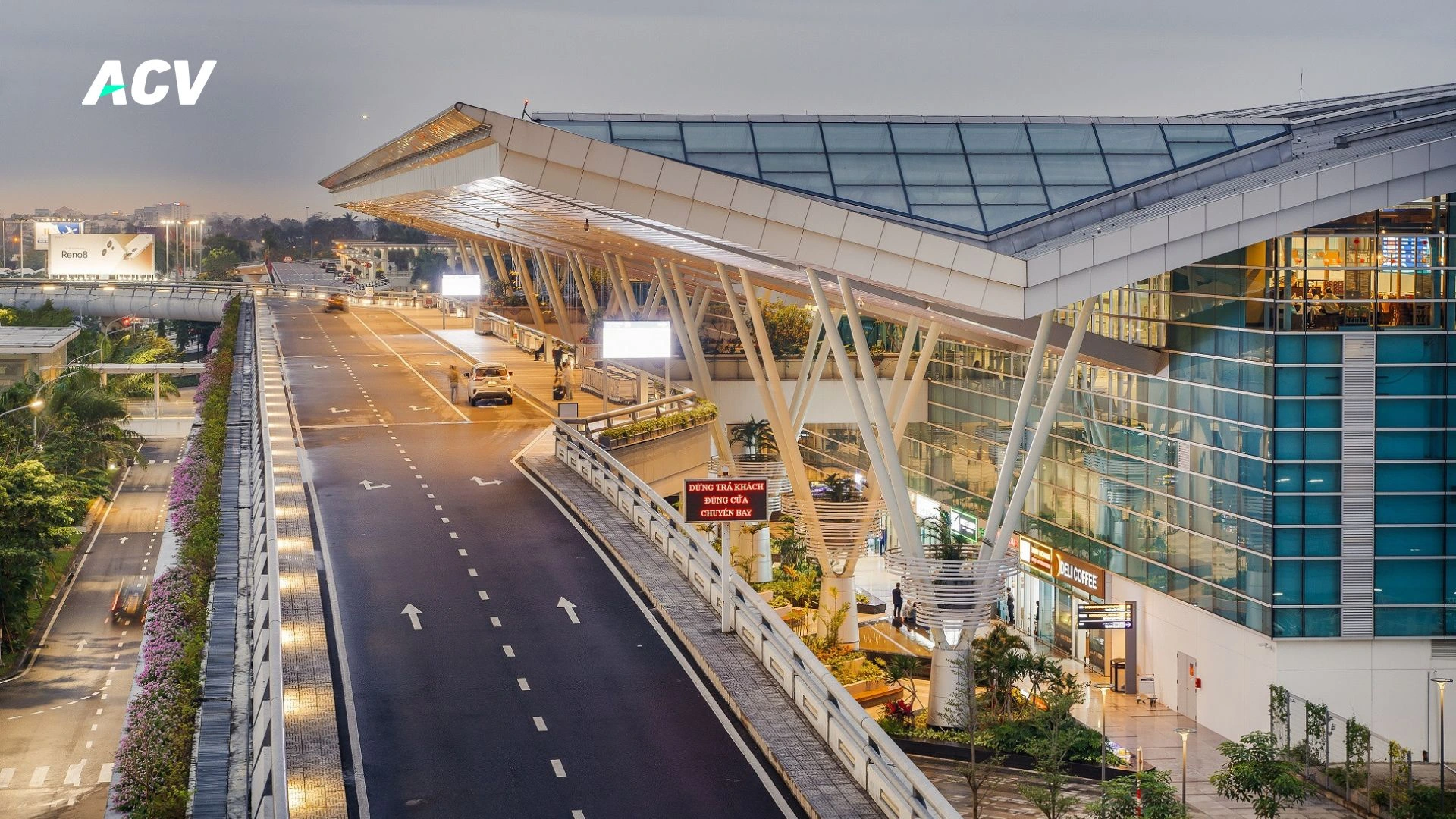
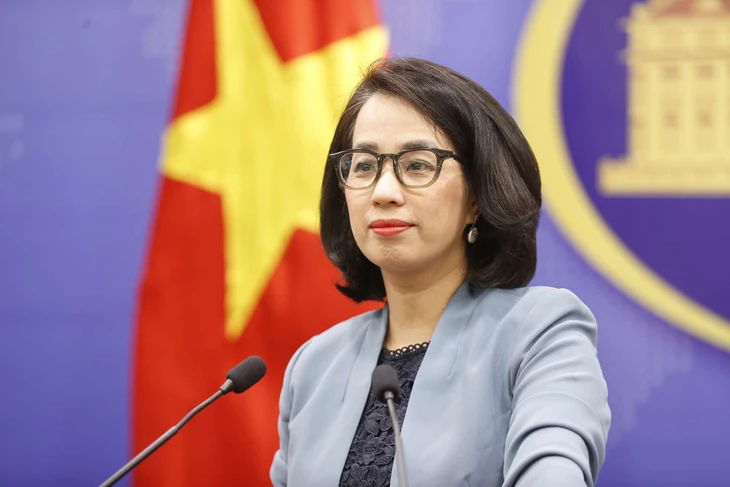

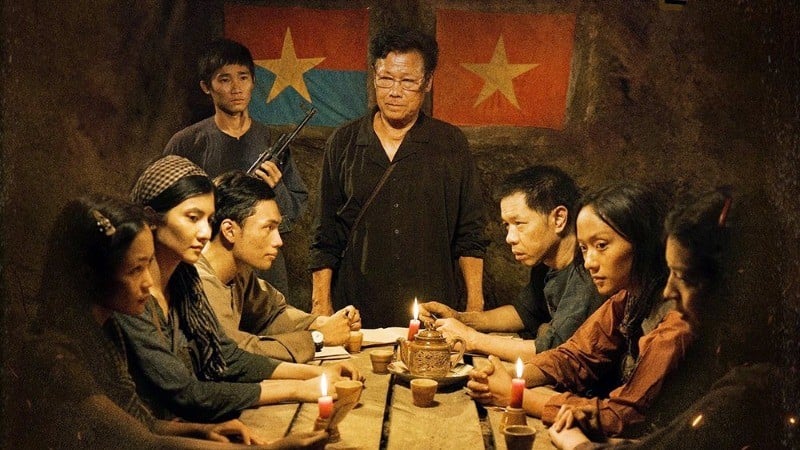



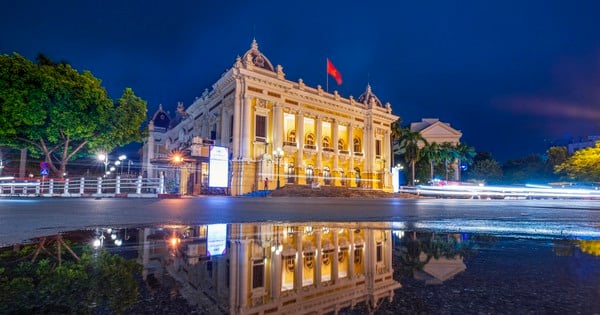


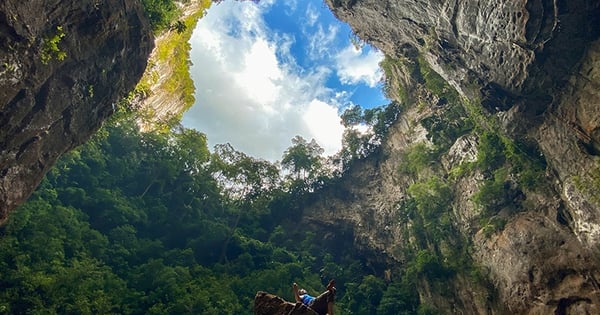
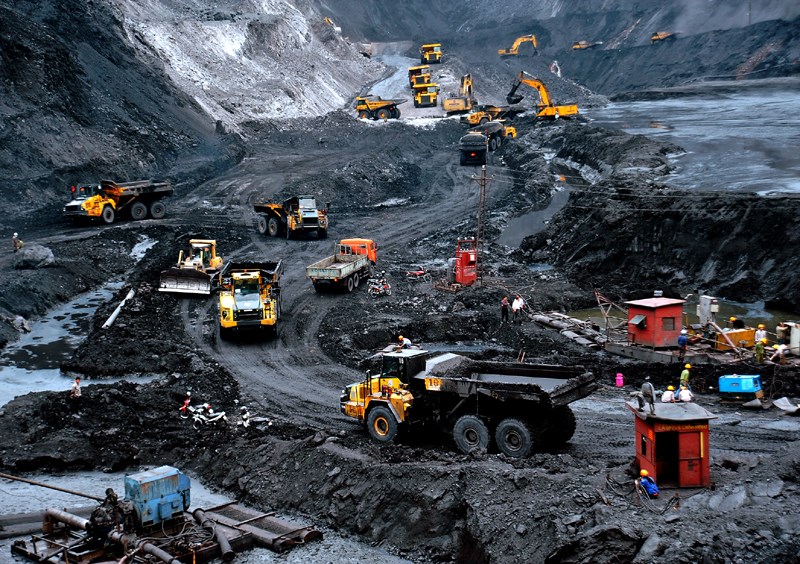

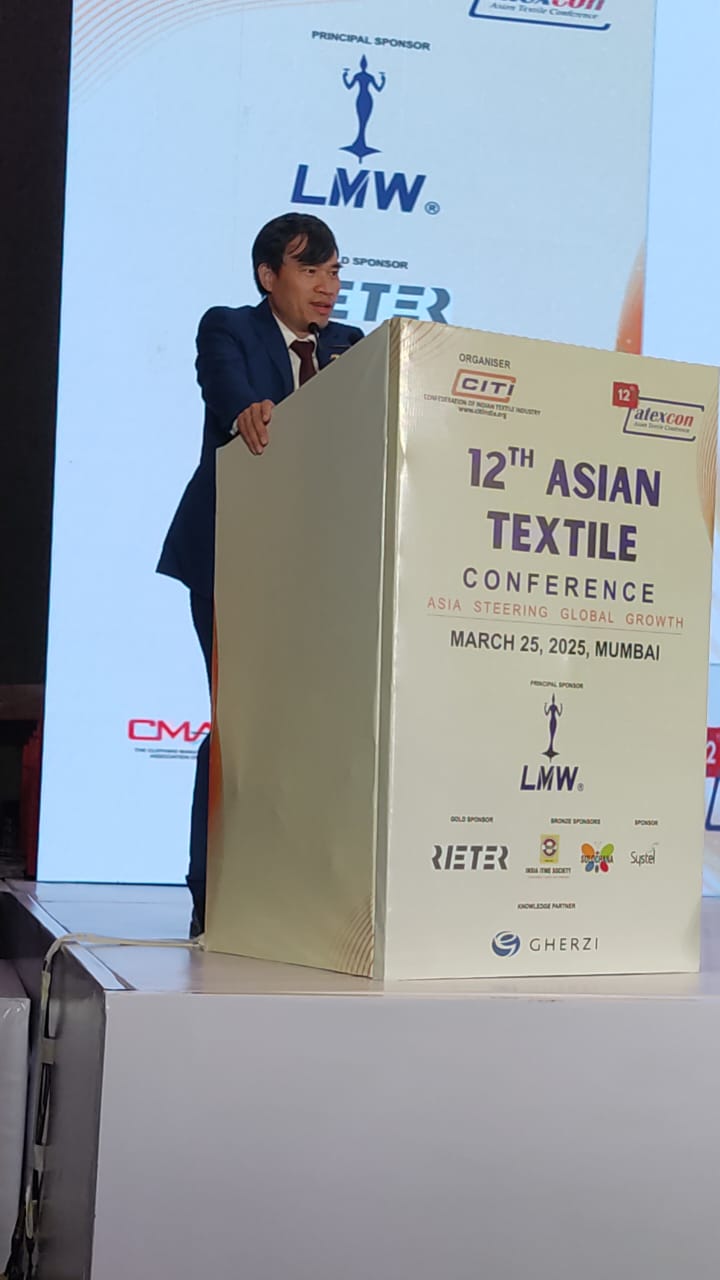

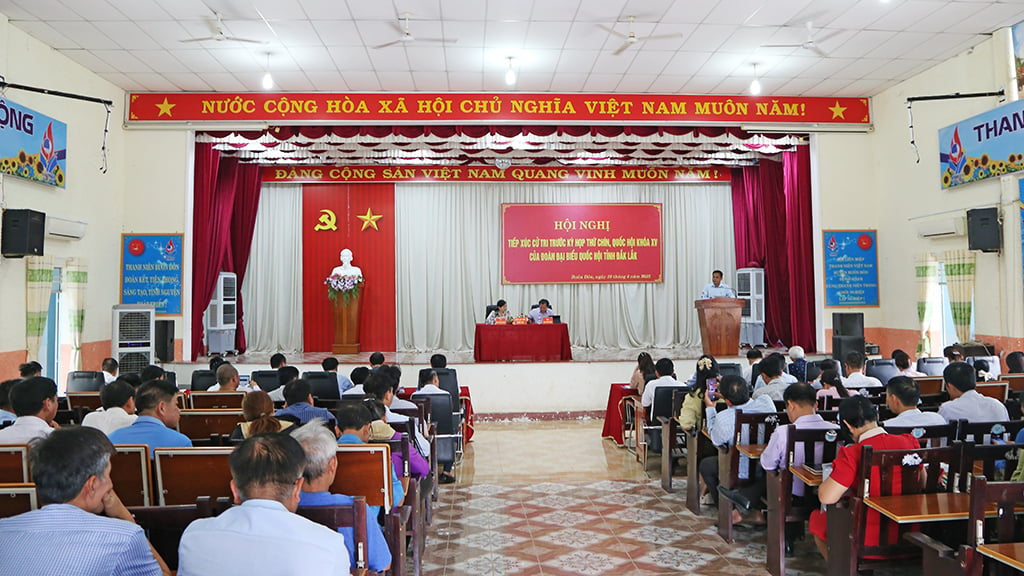
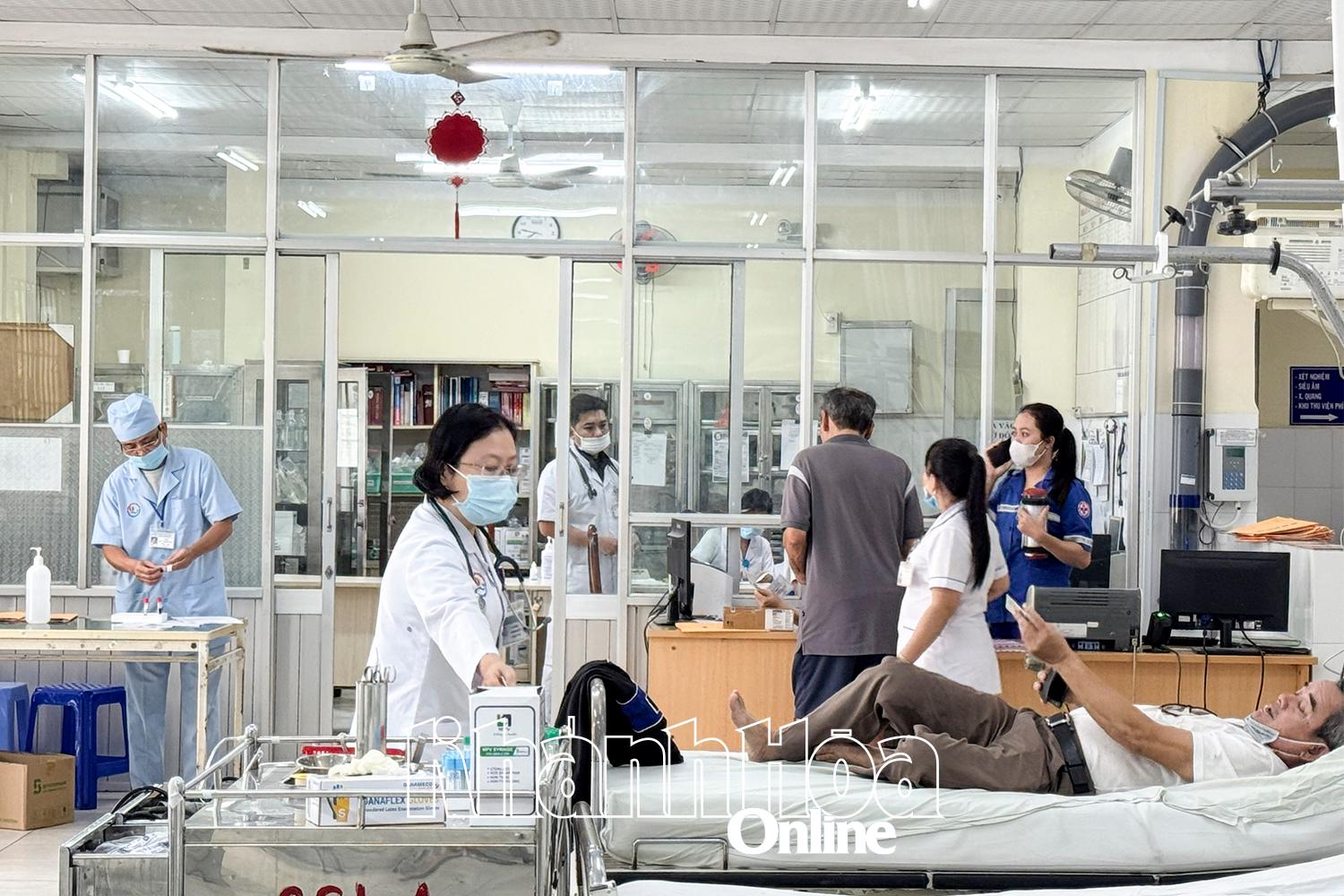



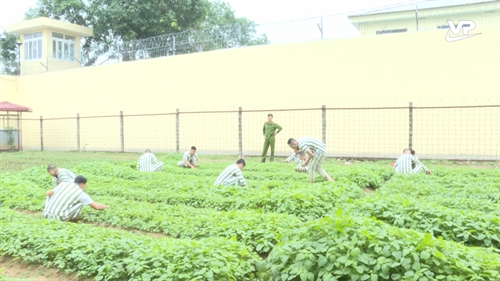
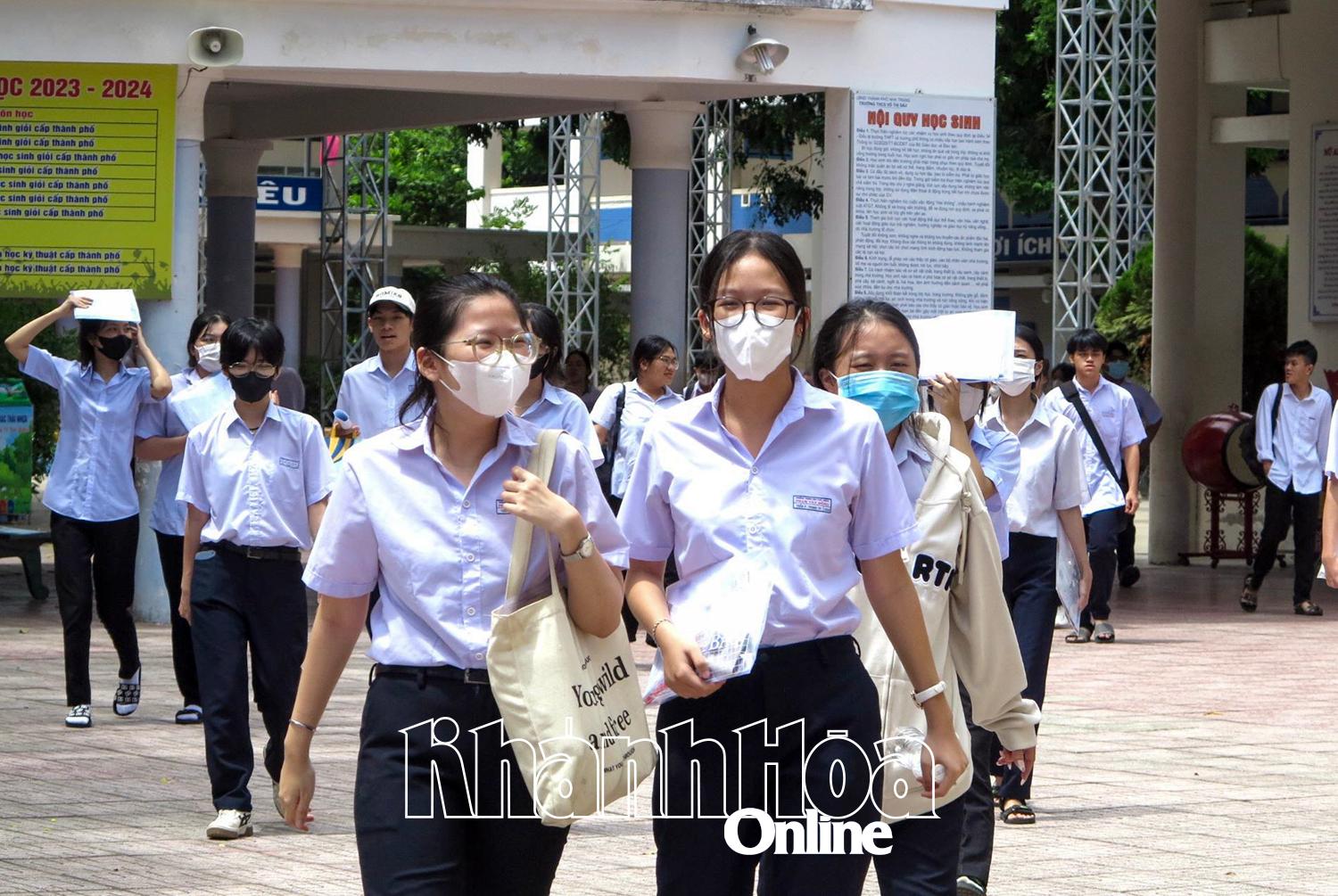
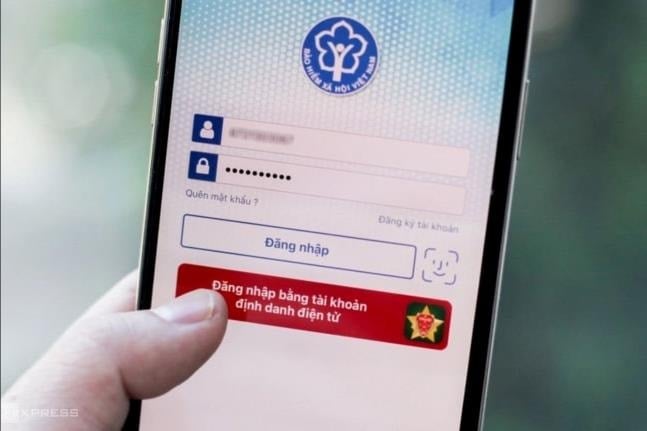
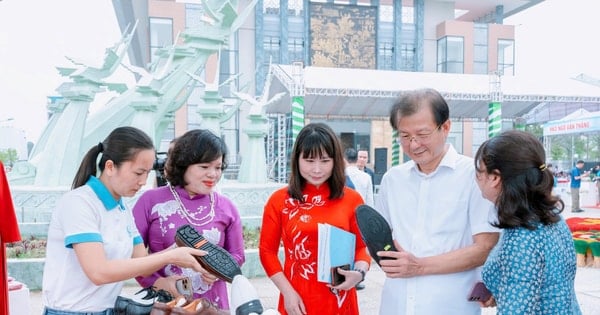





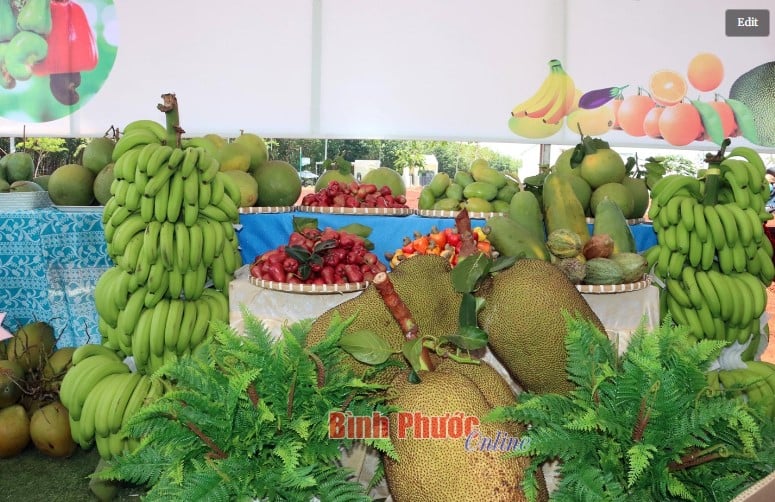

Comment (0)